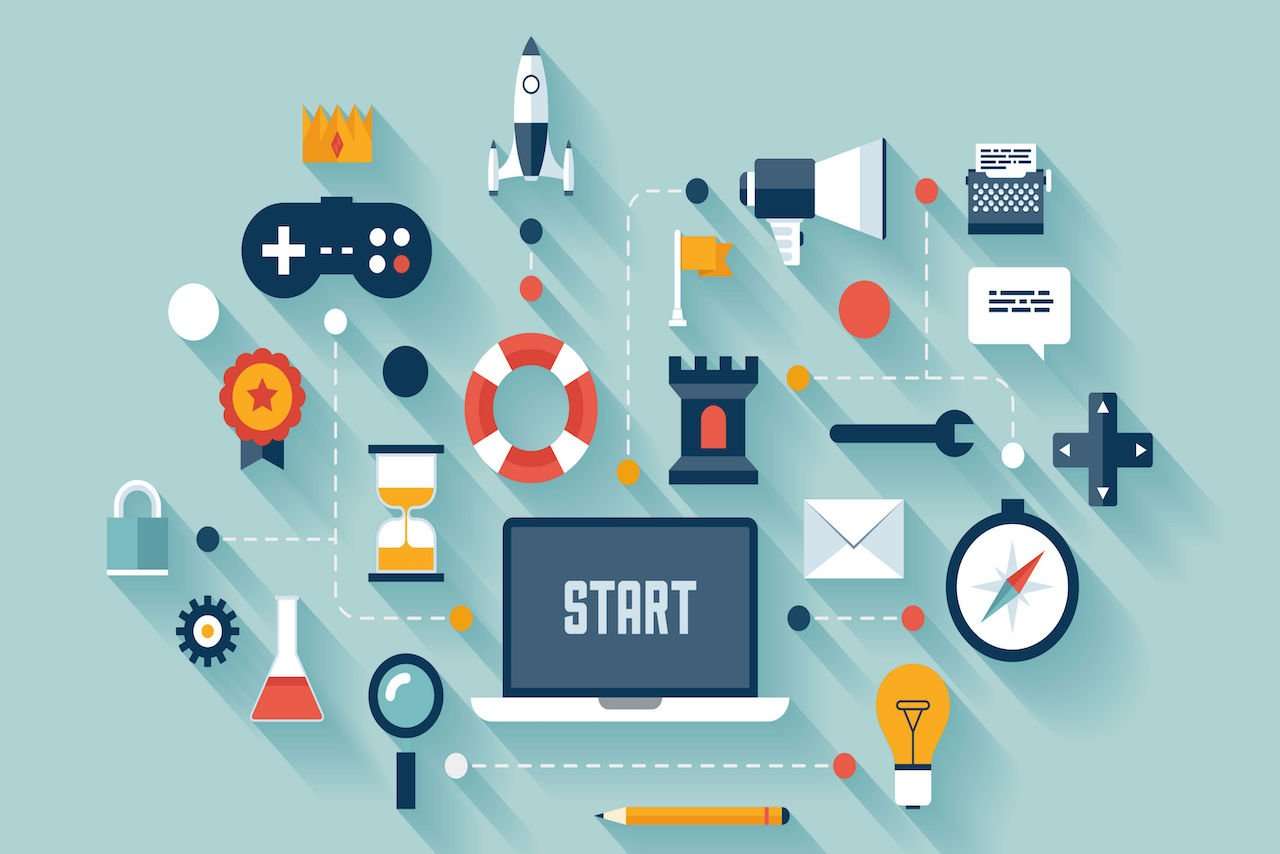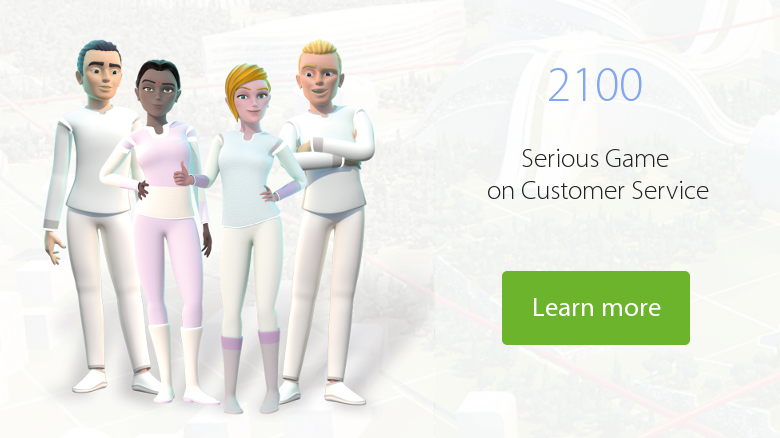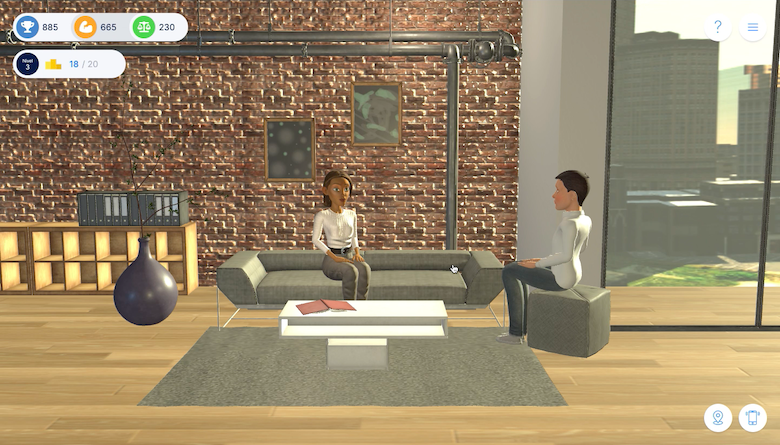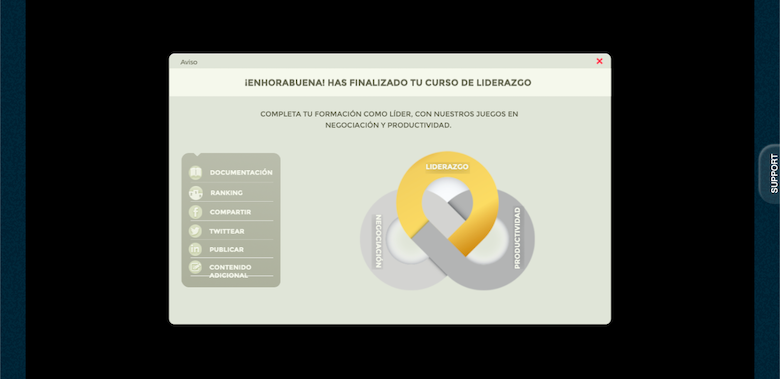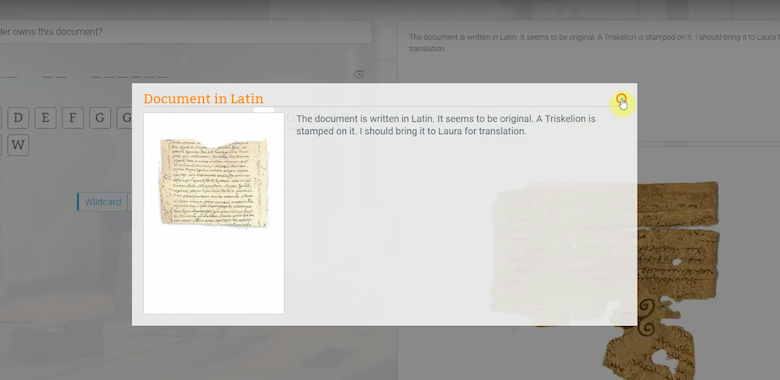You may already be familiar with gamification, as aspects of gaming have become increasingly popular in training and HR departments in recent years. It has become one of the most important resources in the education and business sector, and even multinational corporations like Google, Coca-Cola, and Sanitas are using it to their advantage.
One place it is noticed is in personnel selection processes, which have evolved markedly in recent years. Most noticeably, we’ve seen an increase in personalized and game-based tools. Faced with this reality, many companies are embracing the change and selecting new, innovative tools, many of which include gamified elements.
Implementing gamification in the staff selection process saves time and fosters engagement by all parties. Let’s look at some of the features of successful gamification tools.
1. Get access anywhere you are
Many gamified tools are played and administered 100% online, which allows candidates to play and participate from anywhere in the world, as long as they have internet access.
A prime example of one such tool is 2100, a gamified training course that can be played in multiple languages over the internet. During the hiring process, HR representatives are able to evaluate the customer service skills of any candidate, no matter where they are, thus eliminating the need for in-person evaluations.
Eliminating these time constraints and space requirements is a main goal for improving global selection processes and enhancing the workplace. That’s why online communication methods have become a focal point for office cultures and remote teams.
2. Rankings matter
Ranking systems help keep players motivated and engaged during the gamified process.
Leaderboards are arguably the best way to visually show rankings, as they provide top scores up to the minute and are helpful for following up and giving live feedback to participants.
As an example, in the serious game Merchants, players see leaderboards based on the level they’re at and the points they’ve earned in the game. Points and levels are collected as students pass through different realistic negotiation cases where they apply the skills they’ve learned to effectively draft proposals and resolve conflicts.
3. See how far we’ve come, and where we have to go
A progress bar is a crucial element in gamification. During personnel selection, it gives applicants the ability to know where they are in the process and how far they have to go. It also lets them accurately evaluate themselves and reflect on what they can do better.
Showing progress promotes personal effort and encourages players to stay focused their on goals. Having it be a visual component greatly helps them visualize their status in the game and take in feedback.
In the image, we see the interface of Echo, the serious game on coaching, and how it shows the user their current level and position, allowing them to track their status in the game at any time.
4. Victories must be celebrated
The selection process can be full of highs and lows for candidates. It’s a good idea to adopt a gamification tool that encourages and reassures users through rewards and recognitions. This can be done through eye-catching visuals during gameplay, or in the ranking system at the end of each level.
A good example of this can be seen in Pacific, the serious game on leadership where players learn and implement strategies, techniques, and tools to develop and improve their leadership and team management skills. In addition to in-game rewards, players receive positive recognition at the end for navigating the game and completing the main objective.
5. Puzzles help you get to know your applicants
Tools like puzzles, which are common in gamification, are very useful for generating player engagement. They also allow hiring managers to see techniques and approaches candidates use to solve various problems.
A great, hands-on example is Triskelion, an online course that uses a simulator to recreate real-life situations that help students learn how to develop their own personal productivity and time management systems. Additionally, puzzles and riddles are spread throughout which are meant to keep users on their toes and ready to react to the unforeseen.
In short, blending gamification into the selection process is proven to be a successful venture. It helps managers gather more information about the skills and qualifications of candidates, and facilitates full engagement all the way to when the contract is signed. The time is now to gamify your hiring process. Take the test today!
